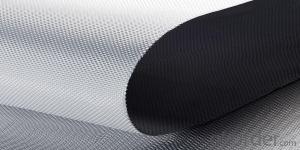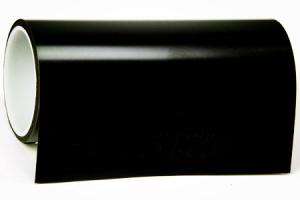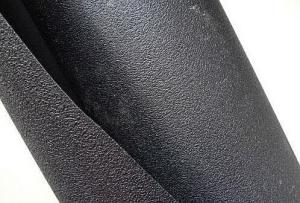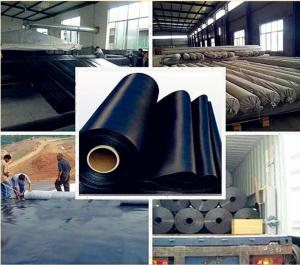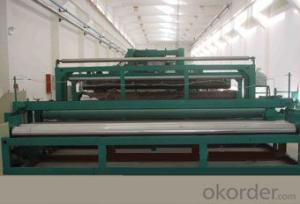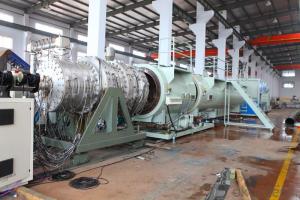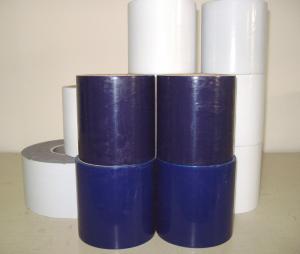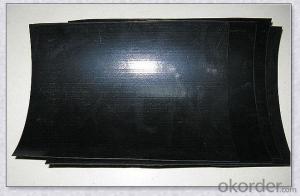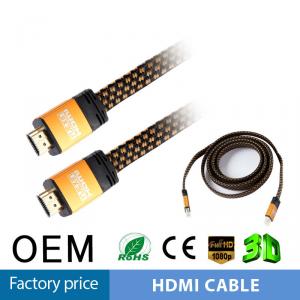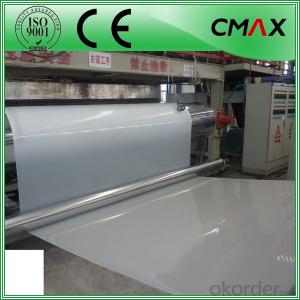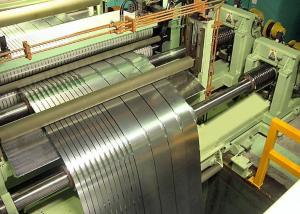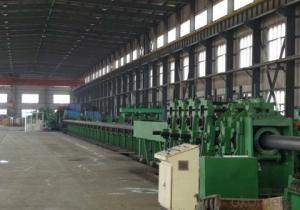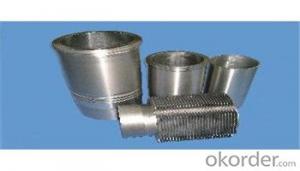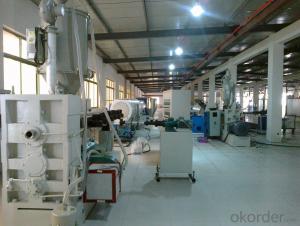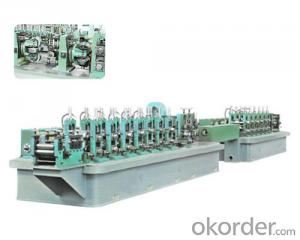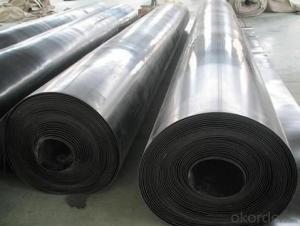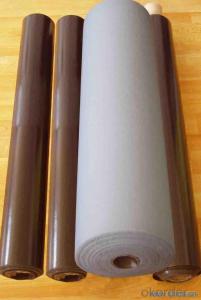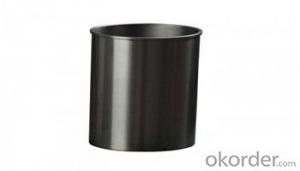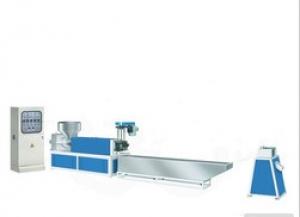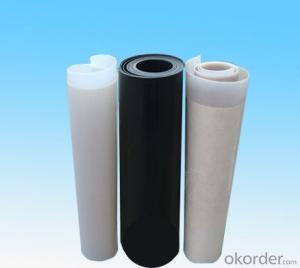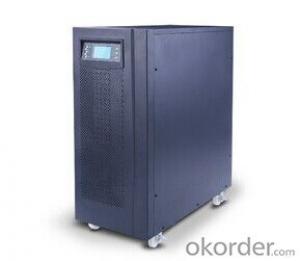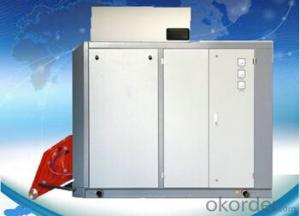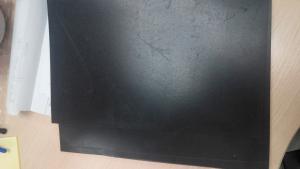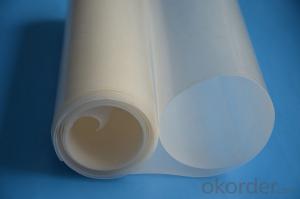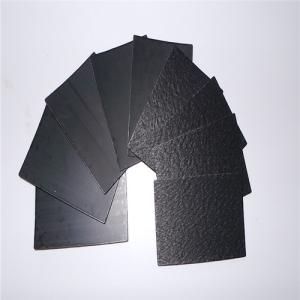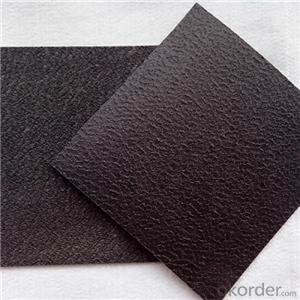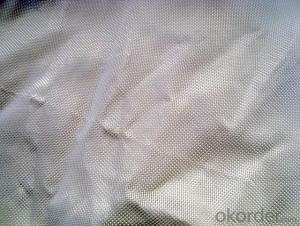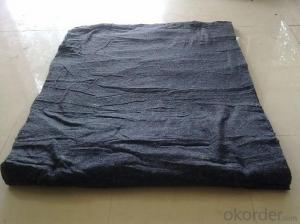40 Mil Hdpe Liner
40 Mil Hdpe Liner Related Searches
Geomembrana Hdpe 40 Mils Hdpe Liner Cost 60 Mil Hdpe Geomembrane Hdpe Liner Repair Hdpe Lining 30 Mil Geomembrane Liner Hdpe Pond Liner Specifications Hdpe Lining For Water Tank Hdpe Geomembrane Pond Liner Wholesale Liner Hdpe Geomembrane Lldpe Geomembrane Liner hdpe pipe specifications hdpe pipe supply Hdpe Geomembrane Machine Hdpe Membrane Geomembrana Hdpe 1mm Hdpe Pipe Indonesia Geomembrana Hdpe 2mm Hdpe Geomembrane Installation Hdpe Textured Geomembrane Hdpe Geomembrane Price Reinforced Hdpe Geomembrane Hdpe Geomembrane Specifications Geomembrane Hdpe Hdpe Geomembrana Hdpe Smooth Geomembrane Geomembran Hdpe Jual Geomembrane Hdpe Hdpe Geogrid Geomembrana Hdpe 1 Mm Precio40 Mil Hdpe Liner Supplier & Manufacturer from China
40 Mil Hdpe Liner is a high-quality, durable product that is widely used in various industries for its excellent water and chemical resistance properties. This product is made from high-density polyethylene (HDPE), a material known for its strength and longevity, making it an ideal choice for a range of applications.The 40 Mil Hdpe Liner is commonly used in applications such as pond liners, landfill liners, and containment systems due to its ability to withstand harsh environmental conditions and protect against leaks. It is also utilized in agricultural and construction projects, where its impermeable nature helps to maintain soil stability and prevent water seepage. The versatility of this product makes it a popular choice for a variety of usage scenarios, from environmental protection to industrial storage solutions.
Okorder.com is a reputable wholesale supplier of the 40 Mil Hdpe Liner, offering a large inventory to meet the demands of various industries. With a commitment to quality and customer satisfaction, Okorder.com ensures that the 40 Mil Hdpe Liner is available at competitive prices and with the assurance of prompt delivery. This makes Okorder.com a reliable source for businesses and individuals seeking a dependable and cost-effective solution for their liner needs.
Hot Products
